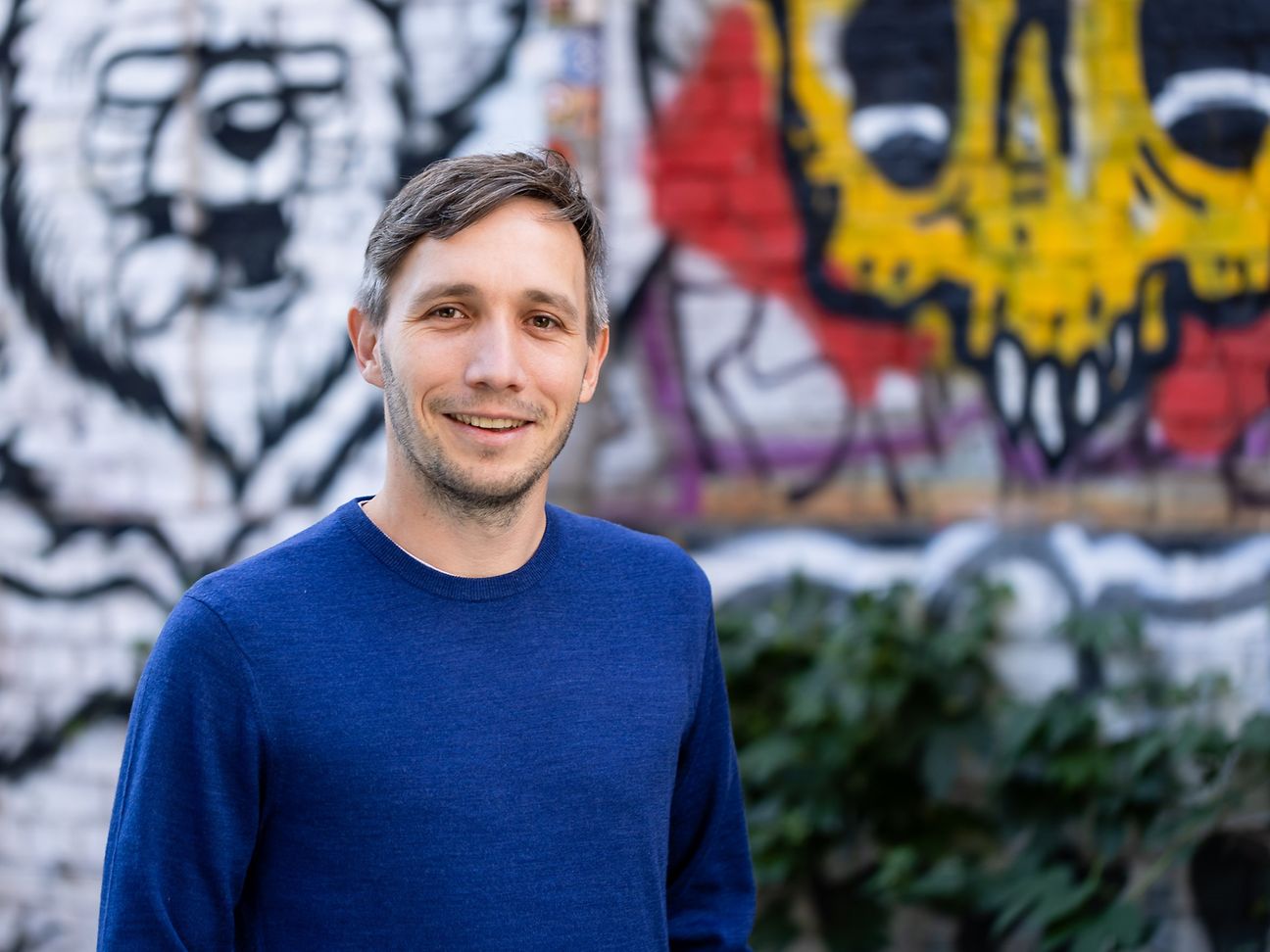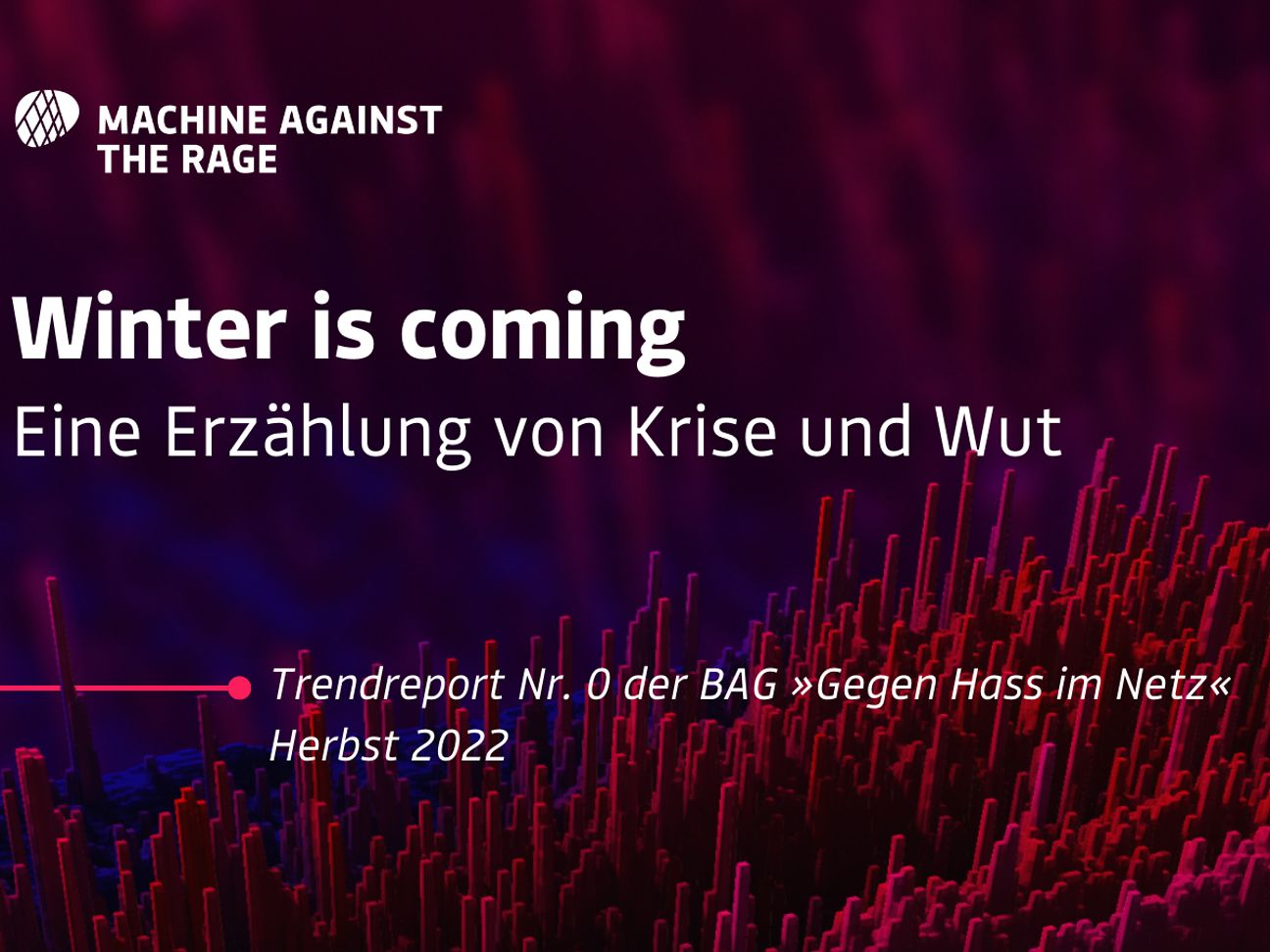

Using science and AI to track patterns of digital hate
How can data help against hate and disinformation on the net? And why is it important to join forces with civil society organizations? We talked about this with Hanna Gleiß, co-director of Das NETTZ, and Maik Fielitz, conflict researcher and co-director of the research center of the Federal Working Group (BAG) "Against Hate on the Net".
Hate on the net often does not come from individual, independent actors, but is well coordinated and organized. The committed civil society, on the other hand, consists mainly of many, often small organizations. This is where Das NETTZ comes in. For five years, the networking center against hate speech has been bringing together actors who are committed to combating hate online.
"The topic area is quite confusing. We provide orientation as to which organizations are committed to which approaches against hate and for constructive, non-discriminatory debates. For us, networking, knowledge transfer and cooperation are crucial so that we can effectively stand up for democratic values on the net," explains Hanna Gleiß, co-managing director of Das NETTZ.
The organization she co-founded wants to pool resources, improve the exchange of experiences, bring together scientific research and practice against hate on the net and thus pass on well-founded recommendations to decision-makers in politics and the IT industry. Das NETTZ does this, for example, through an overview of actors and in the following two projects: The Competence Network against Hate on the Net has a civil society focus and the Federal Working Group (BAG) "Against Hate on the Net" connects science and practice.
Data-based patterns of hate dynamics
Maik Fielitz, conflict researcher and co-director of the research center, explains how the scientific team of the BAG "Against Hate on the Net" proceeds: "To explore the dynamics of digital hate on the net, we combine data science, network analysis and qualitative social research. First, we investigate in real time which trends can be traced in the relationships of anti-democratic actors. In the long term, this will allow us to identify patterns of hate dynamics."
It's about research with vision, the scientist explains. Monitoring and tracking down individual hate postings or monitoring individual accounts is not important, he says. "We are interested in larger patterns in the communication of hate actors, which help us to determine reliable statements about development and trends. Our monitoring of Telegram channels in recent months, for example, has shown that anti-democratic actors were initially unsettled by the war in Ukraine, but quickly found a new mobilization topic in the energy crisis."
Using the data, the researchers were able to see how right-wing extremist actors used the fear of a blackout to effectively spread their threat thinking among the population. A market developed for food substitutes, power generators and self-protection items. At the same time, fearmongering about a blackout was linked to a variety of themes such as a rejection of sanctions against Russia, a rejection of the energy transition and conspiracy myths of a new world order. What is interesting about the analysis is the role of the media, says the researcher: "Many of the actors we observe only jumped on the issues after they experienced media resonance. That speaks for a very flexible approach to issues."
Mining data with the help of deep learning
The tools for analysis are provided by digitization itself: The BAG scientists also make use of AI. Deep learning, a special method from the field of machine learning, helps them to sift through large amounts of text. With the help of algorithms, they can cluster topics and observe in real time how anti-democratic actors exchange ideas on the internet. This data is helpful for targeted interventions against hate on the net. To this end, the BAG works with civil society partners who use the resulting knowledge for practical projects.
One example the team is currently working on is a classifier for protest calls. Who mobilizes when and where for demonstrations? "For this, we combine computerized methods that allow for broad data collection and text classification with network analytical tools. This creates a monitoring system that makes trends in the networks of hate directly recognizable," Maik Fielitz describes the working method.
It is not possible to draw direct conclusions about offline protests or even predict them on the basis of the data. What is clear, however, is that "hardly any protest today can do without online mobilization. Demonstrations are almost exclusively advertised via messenger and social media. Many demonstrations are streamed and quite a few people take part in protests virtually. There is no longer a clear distinction between online and offline," says the researcher.
Trend Report: Machine Against the Rage
The results of the BAG monitoring are public, available free of charge and directly support civil society practice. The trend report of the Federal Working Group "Against Hate on the Net" is published several times a year under the programmatic title Machine Against the Rage. The online magazine offers analyses as well as an interactive dashboard. This allows the connections of anti-democratic ideologies on the net to be vividly visualized.
The BAG data underlines the statement of the current Telekom campaign: There are organized communities that specifically spread hate online. However, these are only a small minority of users who are disproportionately visible online. "That's why it's so important to be louder together and actively stand up for democratic values online," emphasizes Hanna Gleiß.




